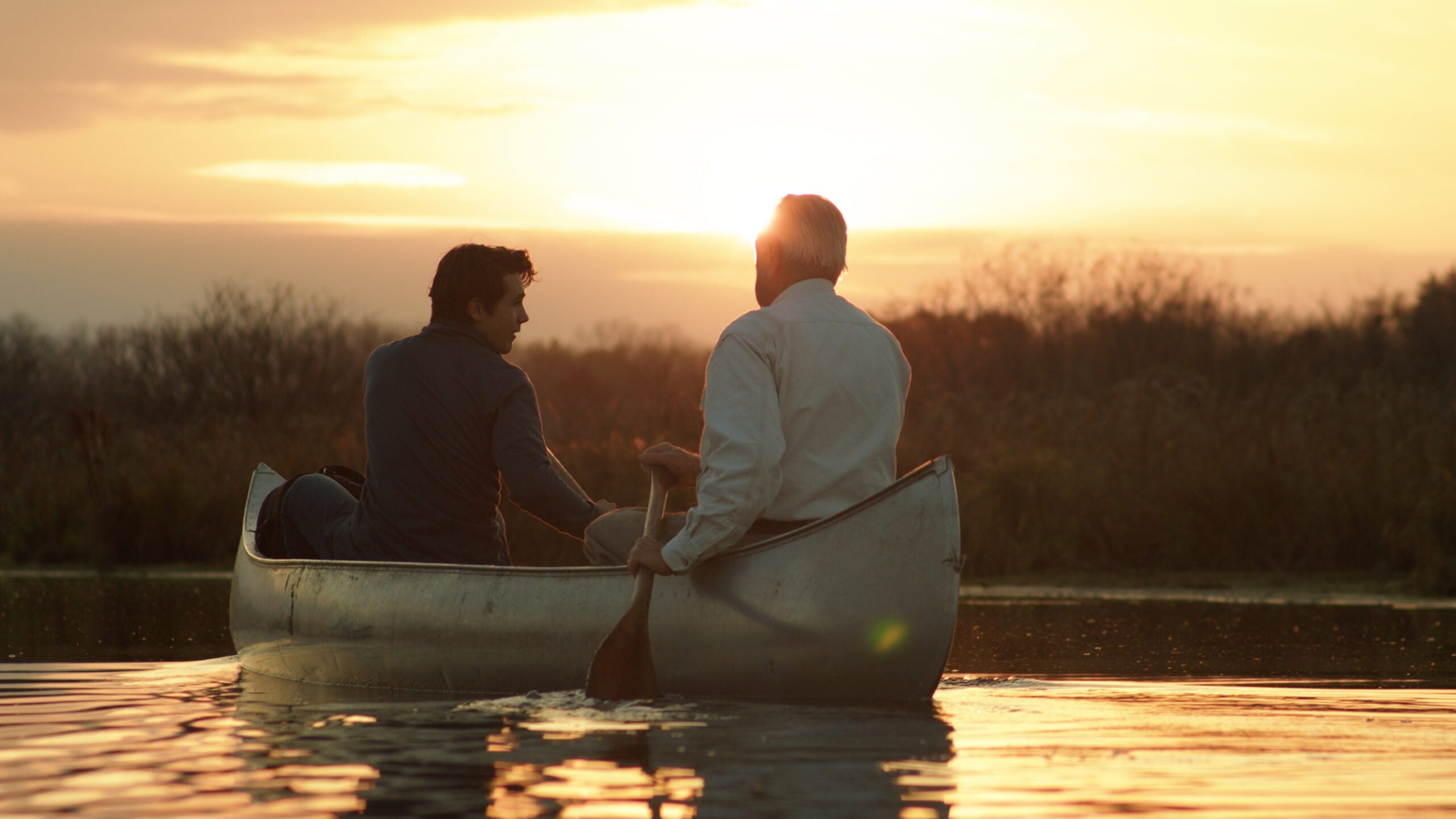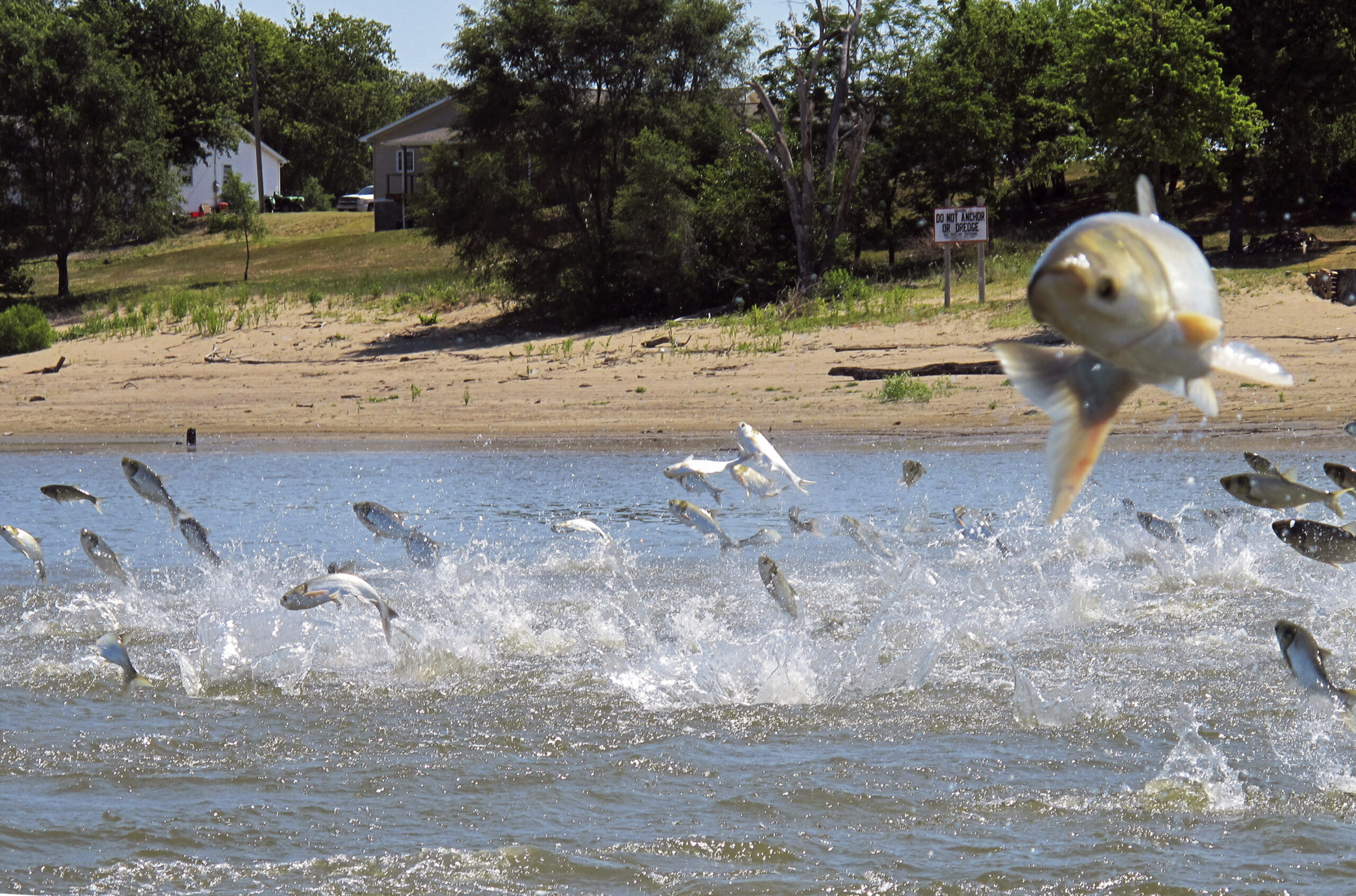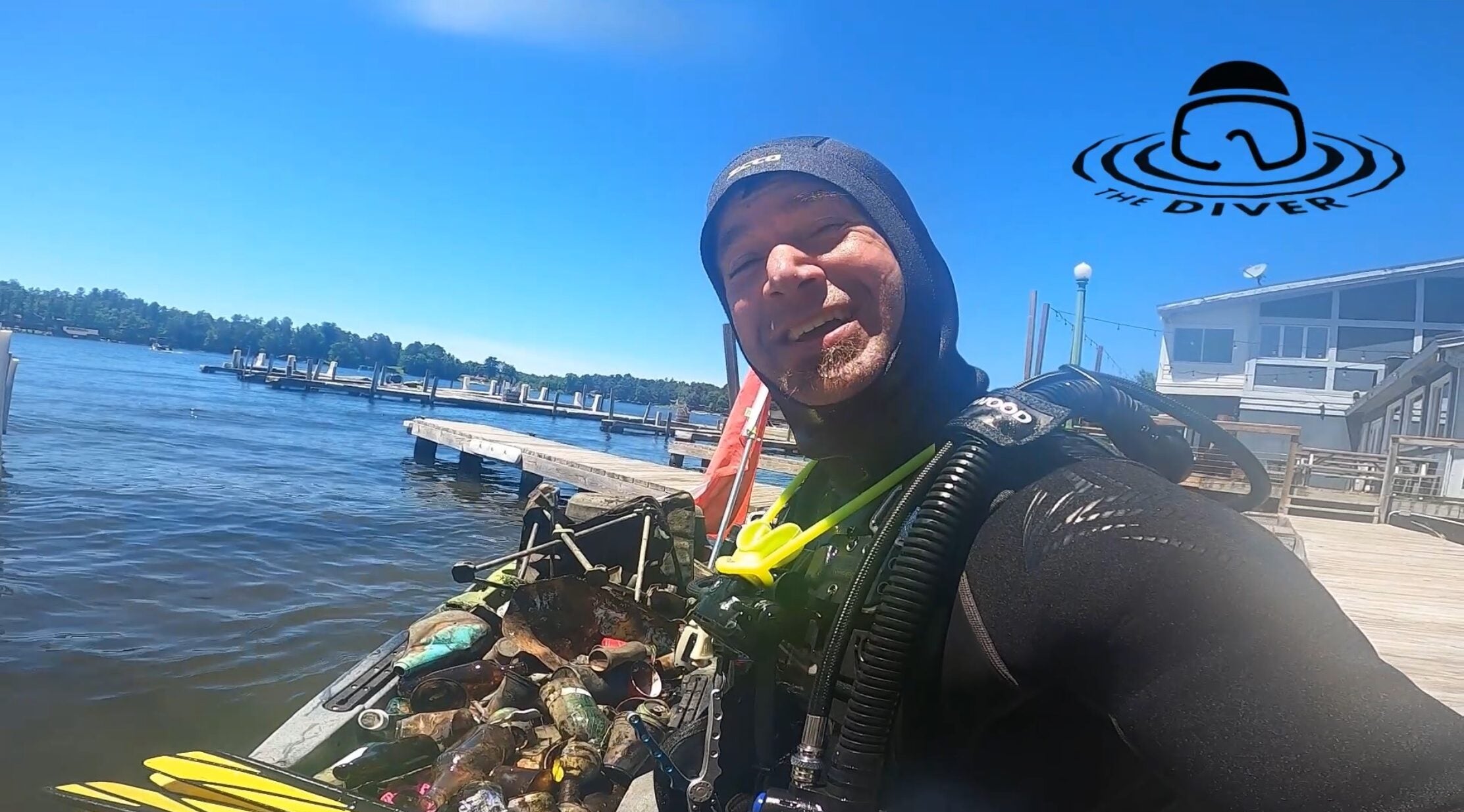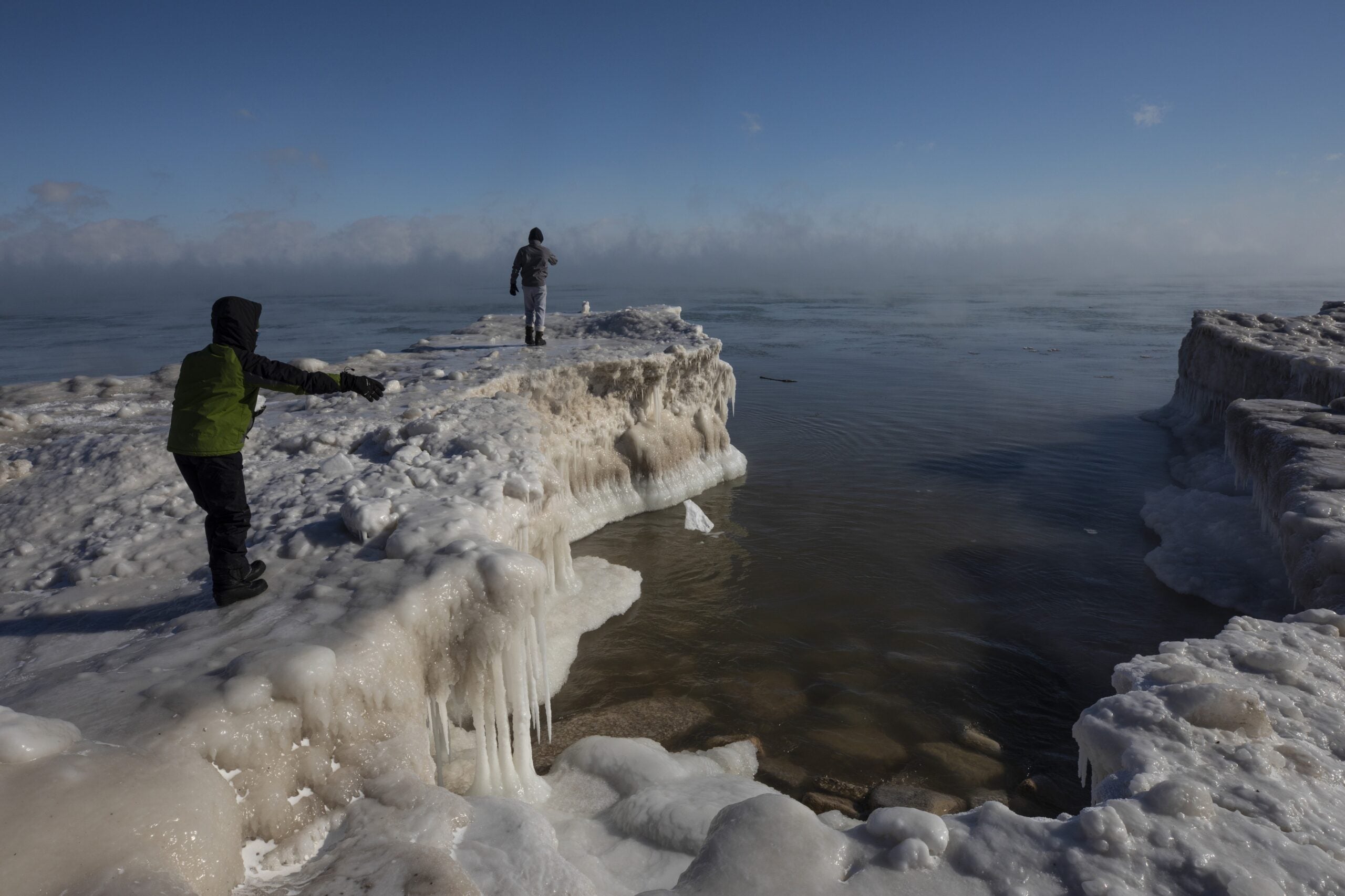Early this summer, a 200-ton peat bog sprouting mature, 40-foot Tamarack pine trees was blocking a waterway in the Lake Chippewa Flowage in northern Wisconsin.
The bog — inaccurately known as an island — was lodged near a bridge, effectively splitting the 15,300 acre lake in two. If the bog remains in place, boats can’t cross from one side of the bridge to the other. It had to be moved.
Enter the “bog pushers.” A group of community members comes together nearly every year to move these navigational hazards. Many bogs exist in the flowage. Some are as small as a parking space and others can be two football fields in size.
Stay informed on the latest news
Sign up for WPR’s email newsletter.
The flowage, including the shoreline and islands, are protected by state, tribal and national forest. About 8 percent of the shoreline is privately owned, according to the Wisconsin Department of Natural Resources.
The bogs form from decomposed matter at the bottom of the flowage, which was created in 1923 to provide hydroelectric power and flood control to the area that was previously swamp.
“It is like an iceberg,” said Cheryl Treland, one of the main bog organizers. “This isn’t like a leaf floating on the top of the water.”
“It’s kind of like if you take peat moss, you buy a bag of it at the garden shop, you bring it home and … you put some of it in a bucket of water and it just keeps floating and floating,” Treland said. “That’s what these are.”
This year, 40 to 50 boats showed up on an early June morning to move this particular bog and open up the waterway. Successful bog-pushing requires coordination through walkie talkies and ideal weather conditions.
Treland said high waters and fast winds are enemies when moving the bogs. And this summer, the area has had near record-high rainfalls.
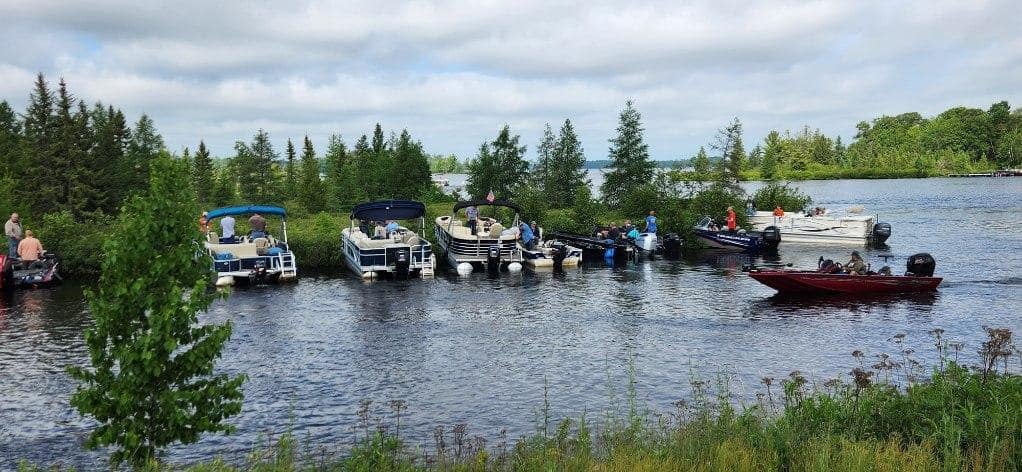
On that June morning, the group surrounded the bog on three sides and slowly pushed it away from the bridge. They nose their boats up against it and one person has to stand at the front of the boat so it doesn’t slide on top of the bog.
Boaters are moving at speeds of 0.7 miles per hour. The event can take hours, even when everything goes to plan.
“You could see that we were actually moving it. We were making progress,” she recently said on “Wisconsin Today.”
“Well, then a big gust of wind came up and deflated everything for us, because it spun it around a good 30 to 40 degrees.”

Then, the bog got hung up on a rock bar and then a storm came in, Treland said. But the bog ended in a spot where it was no longer blocking the waterway for boaters.
But if high winds move the bog to block another waterway, she knows the “bog pushers” are prepared to move islands to get the job done.

